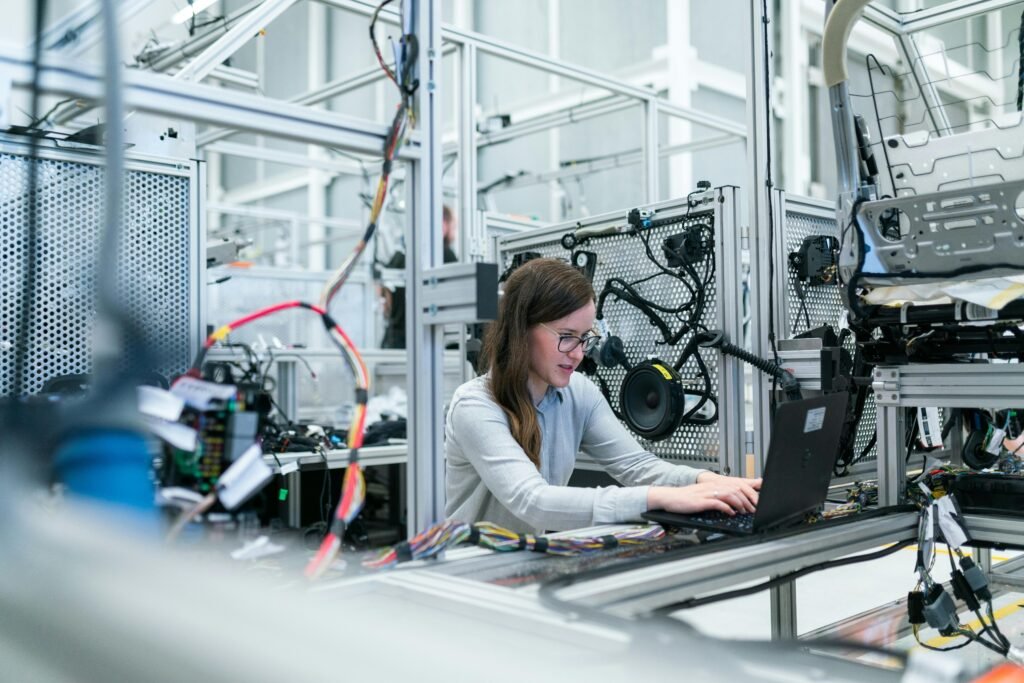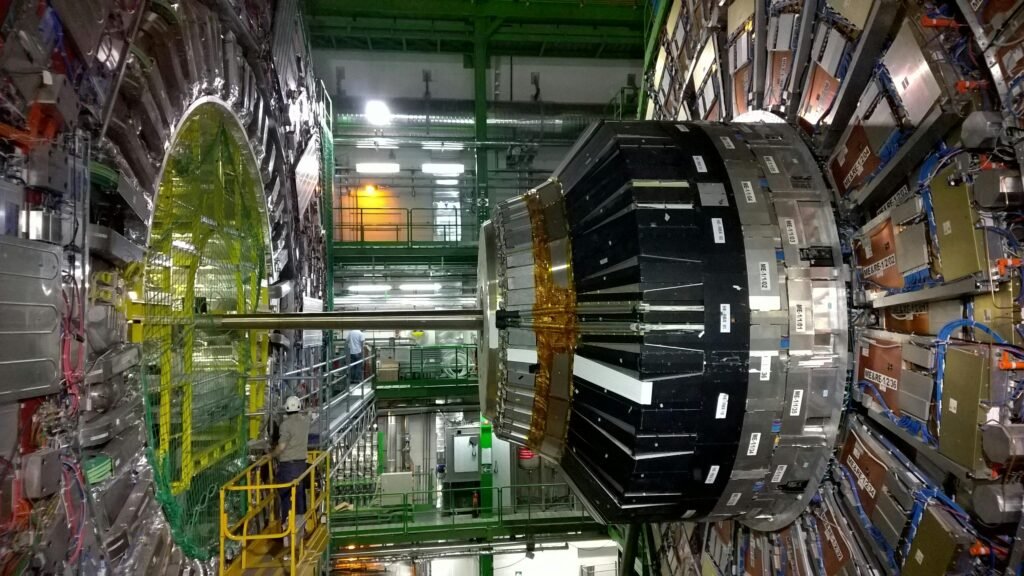Physicists at CERN’s Large Hadron Collider (LHC) have made a groundbreaking discovery that could reshape our understanding of the universe. The detection of charge-parity (CP) violation in beauty-lambda baryons, a short-lived cousin of protons and neutrons, offers new insights into why matter dominates over antimatter in the cosmos.
The Significance of CP Violation

CP violation refers to the asymmetry in the behavior of matter and antimatter particles. While this phenomenon has been observed in mesons (particles made of quark-antiquark pairs), it had not been detected in baryons-three-quark particles like protons and neutrons-until now. This discovery challenges the Standard Model of particle physics, which predicts insufficient CP violation to explain the abundance of matter in the universe.
Implications for Physics Beyond the Standard Model
The detection of CP violation in baryons opens new avenues for exploring physics beyond the Standard Model. Researchers believed this asymmetry played a crucial role in the early universe, allowing matter to dominate over antimatter and preventing total annihilation. The findings could help solve one of the universe’s biggest mysteries: why it exists at all.
Future Research Directions

The LHC team plans to collect more data on CP violations when the collider resumes operations in 2030. Advanced simulations and experiments will further investigate the mechanisms behind matter-antimatter asymmetry, potentially unveiling new particles and forces.
Conclusions
The discovery of CP violation in beauty-lambda baryons marks a significant milestone in particle physics. By challenging existing theories and opening doors to new physics, this finding underscores the importance of continued exploration at the LHC.
Source:





